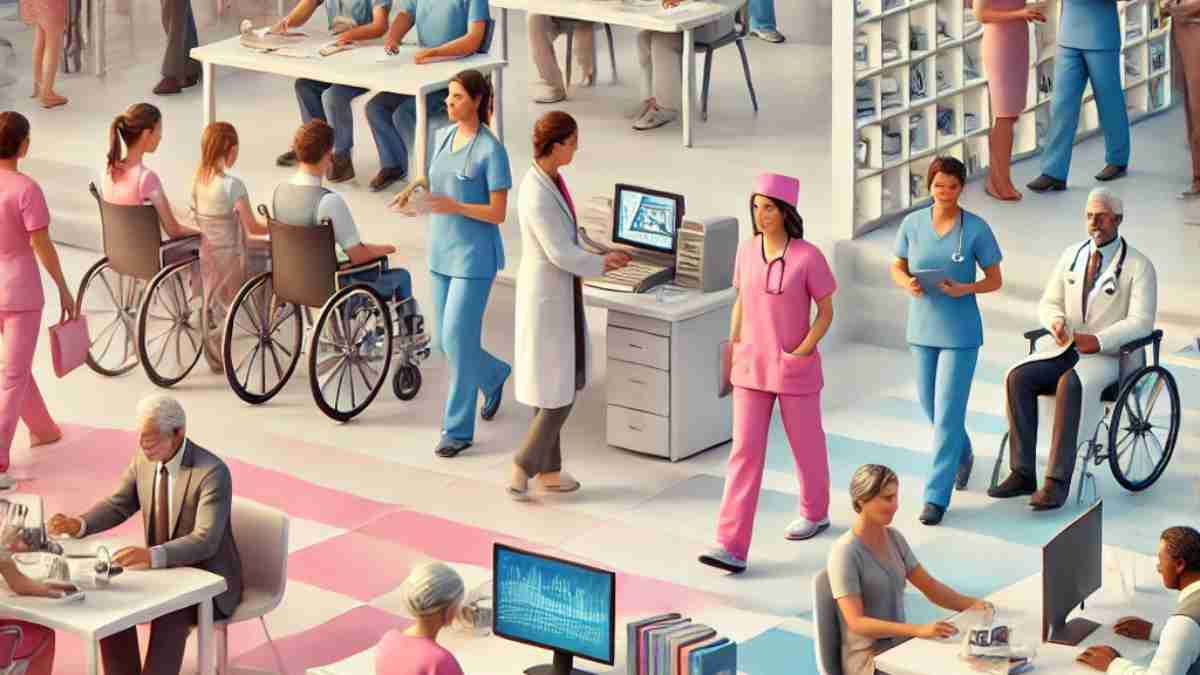The landscape of mental health care is evolving rapidly, yet the diagnostic process often remains mired in subjectivity and ambiguity. Conventional methods, which primarily rely on self-reporting and clinician observations, can sometimes lead to inaccurate diagnoses and delayed treatment. Enter Fearscans—an innovative approach that leverages technology to transform the way we diagnose and understand mental health conditions.
Understanding Fearscans
Fearscans represent a cutting-edge diagnostic tool that combines elements of neuroscience, psychology, and advanced technology. By assessing real-time emotional responses through physiological measurements, Fearscans provide a clearer, more objective view of an individual’s mental health status. This method goes beyond traditional questionnaires and interviews, capturing authentic emotional reactions that might otherwise be missed.
The Mechanism Behind Fearscans
Fearscans utilize a variety of advanced technologies, including biometric sensors and facial recognition software, to monitor physiological changes such as heart rate variability, skin conductance, and facial expressions. These indicators are processed through sophisticated algorithms that interpret emotional states, providing clinicians with valuable insights into a patient’s mental well-being. The process is typically quick and non-invasive, making it a more approachable option for individuals seeking help.
Key Benefits of Fearscans
- Proactive Identification: One of the most compelling advantages of Fearscans is their potential for early detection of mental health issues. By identifying symptoms at an early stage, healthcare providers can implement interventions that prevent conditions from worsening.
- Objective Data Collection: Fearscans offer a level of objectivity that traditional assessments often lack. By relying on measurable physiological responses, clinicians can obtain a clearer picture of a patient’s emotional state, reducing the potential for bias in diagnosis.
- Improved Patient-Provider Communication: The data generated by Fearscans can facilitate more productive conversations between patients and healthcare providers. With tangible evidence of emotional responses, discussions can focus on specific issues, leading to more effective treatment strategies.
- Tailored Treatment Plans: By providing insights into individual emotional triggers and patterns, Fearscans enable healthcare providers to design personalized treatment plans that address the unique needs of each patient.
Challenges and Ethical Considerations
Despite the promise of Fearscans, several challenges and ethical concerns must be addressed:
- Data Privacy: The collection and storage of sensitive emotional data raise significant privacy issues. Ensuring that patient information is secure and used ethically is essential for fostering trust in this technology.
- Interpretative Risks: While Fearscans provide valuable data, there is a risk of misinterpretation. Clinicians must be well-trained to analyze the results accurately to avoid incorrect diagnoses or inappropriate treatment recommendations.
- Balancing Technology and Human Interaction: There is a concern that an over-reliance on Fearscans could diminish the importance of traditional therapeutic practices. Maintaining a balance between technological innovation and human empathy is crucial in mental health care.
- Potential for Stigmatization: The risk of stigmatization based on Fearscan results is a significant ethical concern. It is vital to ensure that these tools are used responsibly and that individuals are not unfairly judged based on their emotional responses.
Real-World Applications of Fearscans
Fearscans have begun to demonstrate their potential in various contexts. For instance, consider a young professional named Emily, who faced persistent anxiety. Traditional assessments provided little clarity, but after undergoing Fearscan evaluations, her therapists identified specific emotional triggers linked to her anxiety. This newfound understanding allowed for targeted therapeutic interventions that significantly improved her quality of life.
Similarly, a former athlete named Jake, dealing with depression, participated in a study utilizing Fearscans. The insights gained from the scans helped his clinicians pinpoint underlying emotional patterns, leading to a more effective treatment regimen tailored to his needs.
The Future of Fearscans in Mental Health
As Fearscan technology continues to develop, its integration into mental health diagnostics holds immense potential. These tools could pave the way for a more nuanced understanding of mental health, enabling earlier and more effective interventions. The collaboration between technology experts, psychologists, and neuroscientists will be vital in refining these tools and ensuring their responsible use.
The prospect of making Fearscans widely accessible could empower individuals to monitor their mental health proactively, fostering a culture of openness and support around mental well-being.
Conclusion
Fearscans mark a significant advancement in the field of mental health diagnosis, offering a more objective and precise method for understanding emotional and psychological states. While there are challenges to navigate, the potential benefits, such as earlier detection, personalized treatment, and improved communication make Fearscans a promising tool in the ongoing effort to enhance mental health care. Embracing innovations brings us closer to a future where mental health is treated with the same rigor as physical health.




